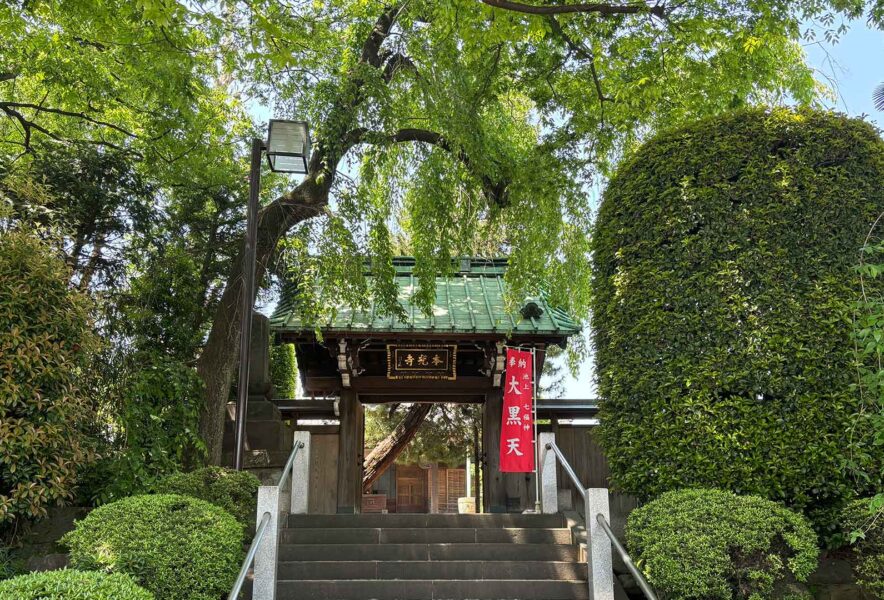Tokyo Stroll: Ikegami Shichifukujin Meguri
The Ikegami Shichifukujin was created in 1981 to commemorate the 700th anniversary of Nichiren Shonin. The statues of the Seven Gods of Good Fortune enshrined in each temple were created by Takemine Hiraoka, a master Itto-bori carver, and the opening ceremony was held at Shoei-in Temple in 1981. There are three shichifukujin (inari) in Ota Ward. While visiting the shrine, enjoy a walk in Ikegami, which still retains the atmosphere of a temple town.
- What is Ikegami Shichifukujin?
- What is Shichifukujin?
- Today’s route: Ikegami Shichifukujin roundabout stroll
- Start of Ikegami Shichifukujin pilgrimage stroll
- Ikegami Kuzumochi Showdown
- Ikegami Shichifukujin Tour Summary and Tips for a Stroll
- Ikegami Shichifukujin Tour Stroll Recommended articles around the area
What is Ikegami Shichifukujin?
The Ikegami Shichifukujin was founded in 1981 by volunteers in Ikegami to commemorate the 700th anniversary of the death of Nichiren Shonin.
The statues of the Seven Deities of Good Fortune enshrined at each temple were created by Takemine Hiraoka, a master carver of the Shikoku Kotohira Itto-bori carving technique, and the opening ceremony was held at Shoei-in Temple.
What is Shichifukujin?
Shichifukujin is the collective name for seven deities: Ebisu, Daikokuten, Bishamonten, Benzaiten, Jurojin, Fukurokuju and Hotei. The belief in the Seven Lucky Gods originated in the words of the Ninno-Hannya Sutra, the second volume of which was written in the middle of the Muromachi period (1336-1573), “Seven pains will be quickly destroyed and seven blessings will be quickly born”, and spread among the common people as “the belief that brings happiness”. It is said that worshippers of the Seven Fortune Deities will be rid of seven misfortunes and receive seven blessings.
The Shichifukujin of Good Fortune

【Hotei 布袋尊】Marital harmony、Pregnancy
【Bishamonten 毘沙門天】Successful career and good fortune
【Daikokuten 大黒天】Economic fortune、Descendants prosperity
【Benzaiten 弁財天】Clear-headed、Matchmaking
【Fukurokuju 福禄寿】Wish fulfillment
【Jurojin 寿老人】Health and longevity、Longevity and prosperity
【Ebisu 恵比寿】Business prosperity
Today’s route: Ikegami Shichifukujin roundabout stroll
A.Start Ikegami Station
B.Sozenji Temple (Hotei)
C.Mimyoan Temple(Bishamonten)
D.Honkoji Temple(Daikokuten)
E.Gonjyouin Temple(Benzaiten)
F.Honjyoin Temple(Fukurokuju)
G.Shoueiin Temple(Jurojin)
H.Youugenji Temple(Ebisu)
I.Goal Ikegami Station
Start of Ikegami Shichifukujin pilgrimage stroll
A.Start Ikegami Station
Tokyu Ikegami Line Ikegami Station is 3 minutes from Kamata Station and 19 minutes from Gotanda Station.
Passing through the busy shopping area of the city centre, turn left at the railway crossing and walk straight down the quiet street.
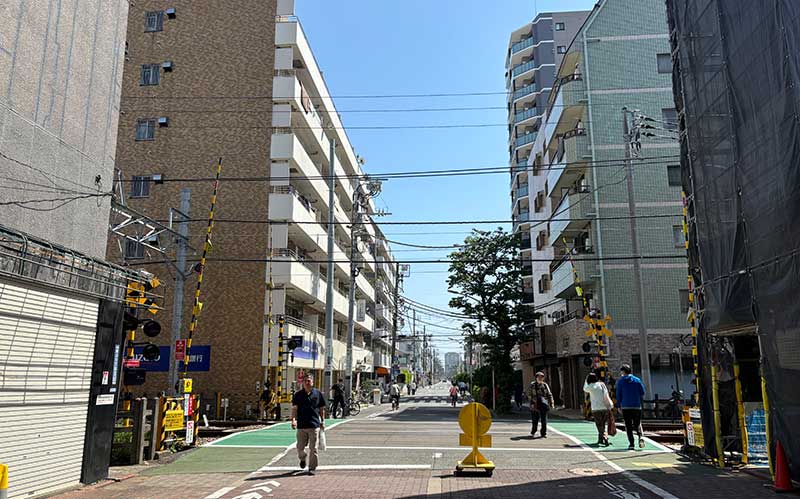
B.Sozenji Temple (Hotei)

Hotei
Marital harmony、Pregnancy
For those who collect stamps for the Seven Lucky Gods Tour, coloured paper is sold at each temple. You can buy them at the starting temple and visit the temple. Today we start our tour at Sozen-ji Temple. Hotei, the deity of Hotei, is believed to be an incarnation of Maitreya Bodhisattva, who bestows luck, happiness and perseverance.
The Soto sect was founded about 800 years ago during the Kamakura period (1185-1333) by the Zen master Dogen, who introduced Buddhist teachings from China.
There were no Soto Zen temples in the Ikegami area. In 1939, an application to the Tokyo Metropolitan Government for permission to build a new Soto Zen temple was rejected, so the temple was renamed Seikoin Temple, originally located in Ushigome, and renamed Sozenji Temple, and a hall was built on the site. The present building was rebuilt after the war.
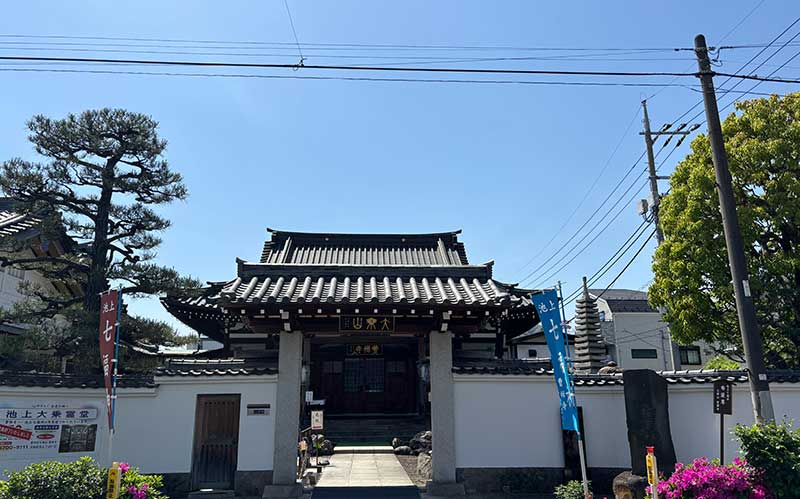
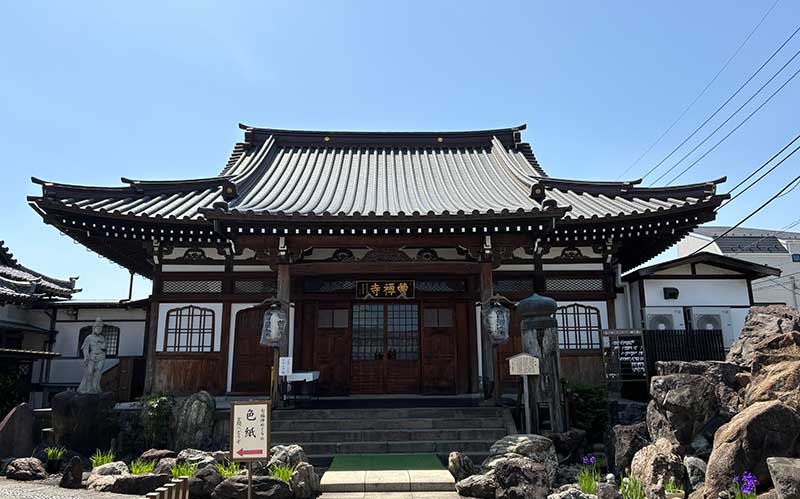
Location: 7-22-10 Ikegami, Ota-ku, Tokyo
Phone: 03-3751-0678
Official website:Click here

Although it is spacious, you will be walking along a quiet road with few cars.
C.Mimyoan Temple(Bishamonten)

Bishamonten
Successful career and good fortune
Mimyoan was built as one of the halls of Kakugenji, the pagoda of Honmonji Temple. It belongs to the Nichiren sect of Buddhism. The main deity of the temple, Bishamonten, is a statue said to have been found off the coast of Shinagawa and has since been worshipped as one of the seven gods of fortune of Ikegami, Bishamonten. The date of construction of the subtle hermitage is unknown, but it seems to have been built as part of Kakugenji, the pagoda of Ikegami Honmonji, a temple of the Nichiren sect. Bishamonten, one of the four heavenly kings, also known as “Tamonten”, is the only one of the seven deities of good fortune to take the form of a warrior. Believers worship Bishamonten as the god of harmony and happiness.

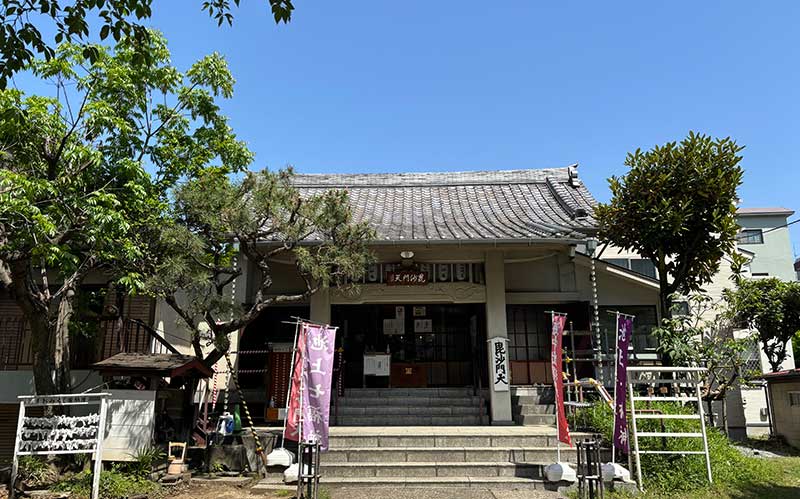
Location: 3-38-23 Ikegami, Ota-ku, Tokyo
Phone: 03-6303-5177
Official website:Click here
Take a short walk from here.
Cross the Daini Keihin and head straight down a quiet side road towards Kugahara.
D.Honkoji Temple(Daikokuten)
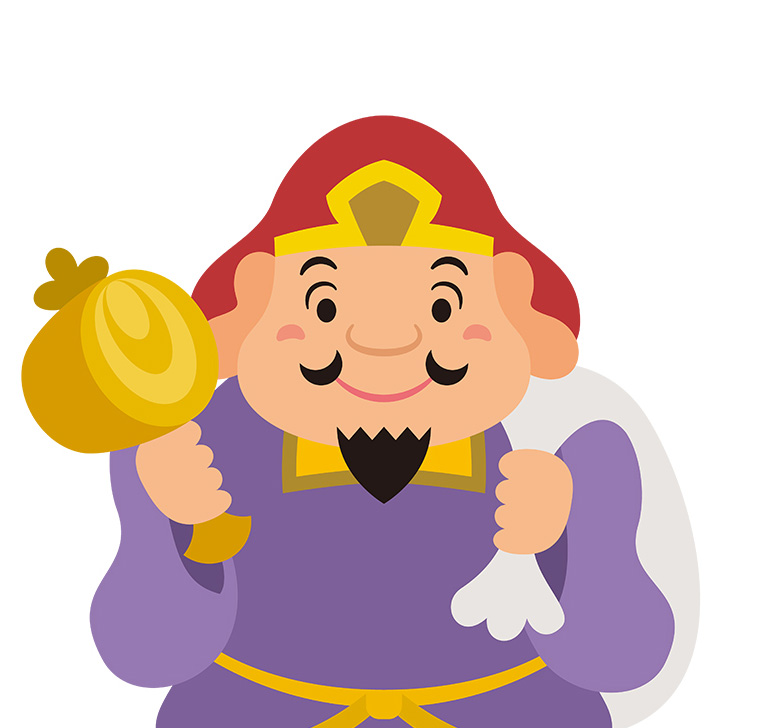
Daikokuten
Economic fortune、Descendants prosperity
The temple was founded in 1597 by Saint Nichinoh, a disciple of Nisshin, the 12th head of Honmonji. On the west side of the main hall is the Shichimen-do (Hall of Seven Faces), which houses a statue of the seven-faced Tennyo (Heavenly Maiden) donated by the Kishu Tokugawa family in 1699.
Since the Genroku era (1688-1704), the seven-faced nymphs have been the focus of attention as objects of faith to protect the prosperity of the Latter Day of the Law, and this hall, also known as “Kugahara no Shichimen-ten”, is revered by many believers.




Location: 2-19-17 Kugahara, Ota-ku, Tokyo
Phone: 03-3751-4555
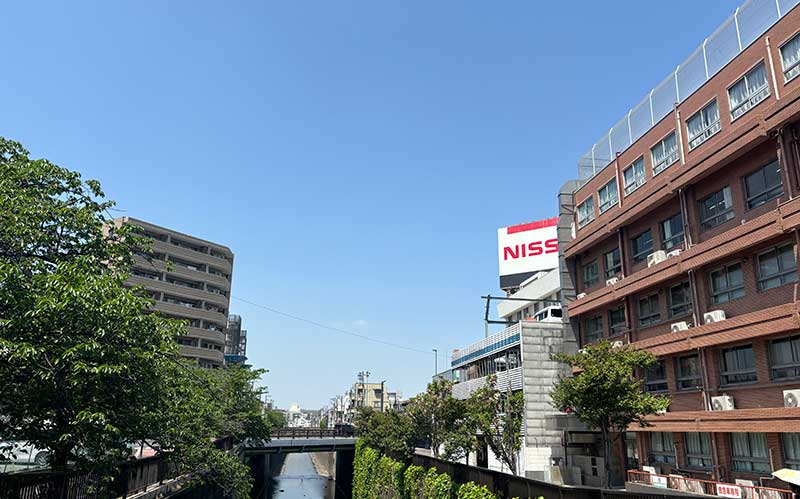
From here, we will return to Ikegami.
Cross Daini Keihin and walk towards Honmonji.
E.Gonjyouin Temple(Benzaiten)

Benzaiten
Clear-headed、Matchmaking
It was founded in 1289 by Genjoin Nichison Shonin, a direct disciple of Nichiro Shonin, the second generation of Ikegami Honmonji Temple. It is said that in 1536 the temple merged with Jojubo, which was next to Nishinoin in Nishitani, and built a hall on its present site. There used to be a statue of Benzaiten on the grounds of Jojubo, and this statue is enshrined in the stone Bentengu Shrine as one of the Ikegami Seven Lucky Gods.
In 1920, the “child-rearing Kishimojin” was requested, and in 1931, Kishimojindo was built as a separate temple in front of the main gate of Honmonji Temple.
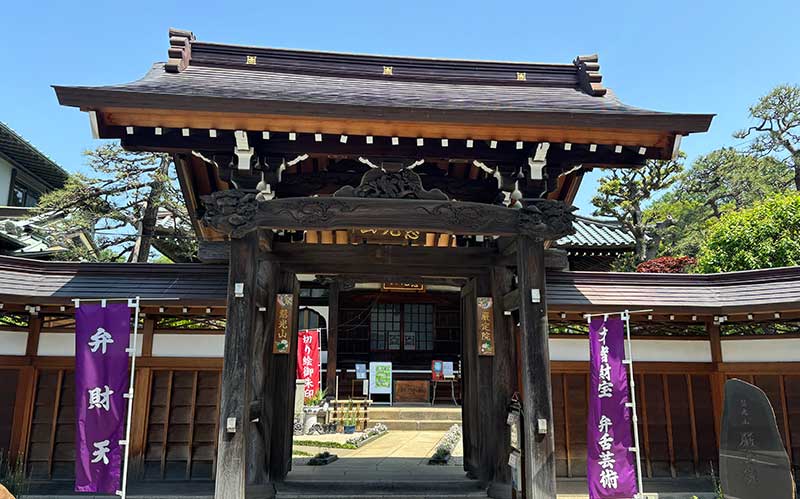
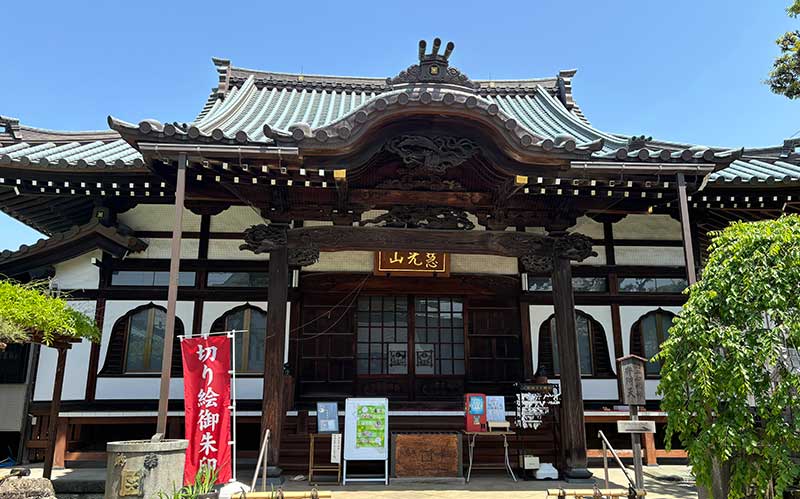
Location: 2-10-12 Ikegami, Ota-ku, Tokyo
Phone: 03-3751-6767
Official website:Click here
Turn in front of the Sanmon Gate of Ikegami Honmonji Temple and head towards the entrance.


F.Honjyoin Temple(Fukurokuju)
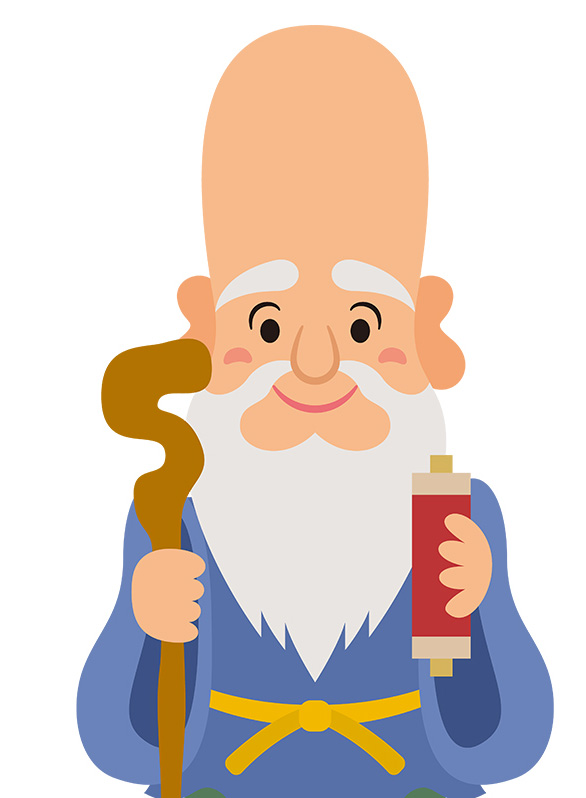
Fukurokuju
Wish fulfillment
Fukurokuju is worshipped as the deity of the elderly, bringing good fortune, wealth and longevity.
Honjo-in Temple was built during the Kamakura period as a hermitage for Hyuga Shonin, a direct disciple of the Nichiren sect. During the Keicho era (1596-1615), it was developed as a retreat for Nichison Shonin, the 13th head of Ikegami Honmonji Temple, but was destroyed by fire during the Hoei era (1704-1711). During the Kyoho period (1716-1736), it was moved to its present location and rebuilt to become Honjo-in.
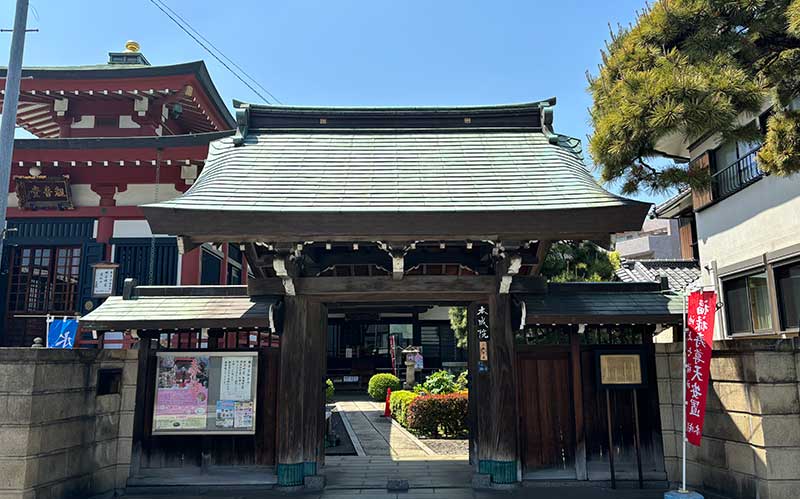

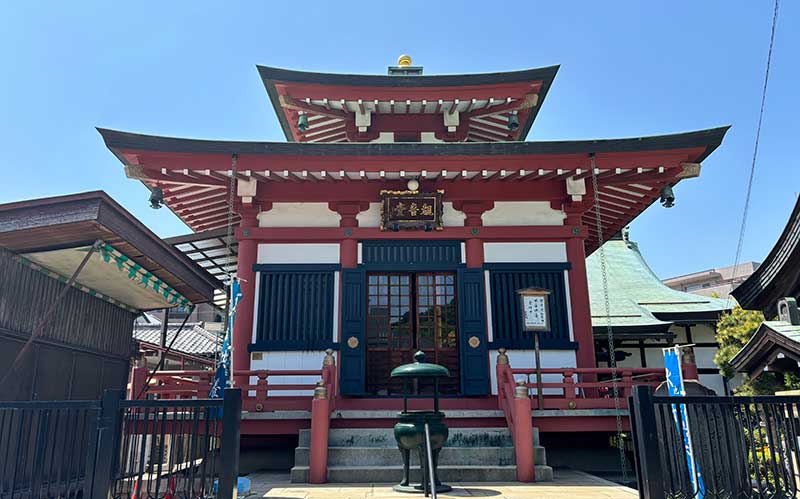
Location: 1-35-3 Ikegami, Ota-ku, Tokyo
Phone: 03-3751-0111
Walk along the Nomi River towards Ikegami-dori.
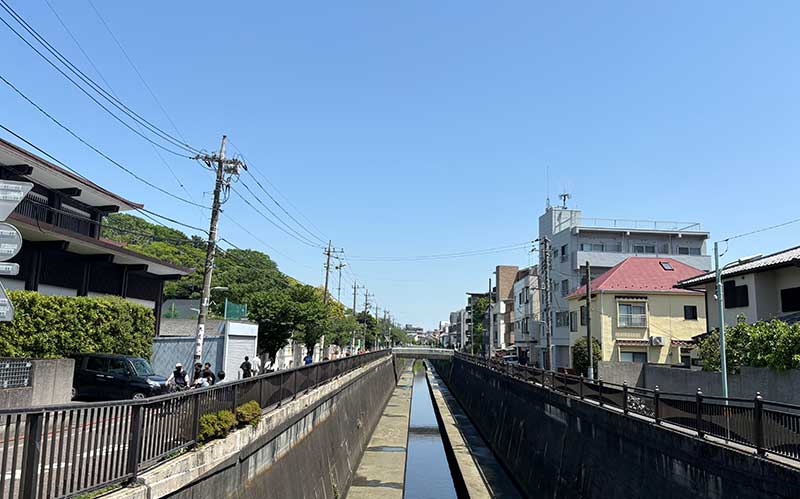
You have to climb some steep stairs from the side of Myokendo, but if you are worried about going up and down stairs, you can also go from the lift in nearby Ikegami Hall.
G.Shoueiin Temple(Jurojin)

Jurojin
Health and longevity、Longevity and prosperity
Climbing the long, steep stone steps of Myokenzaka, you will see the temple of Myokendo. On the left side of the grounds is a small shrine where Jurojin is enshrined.


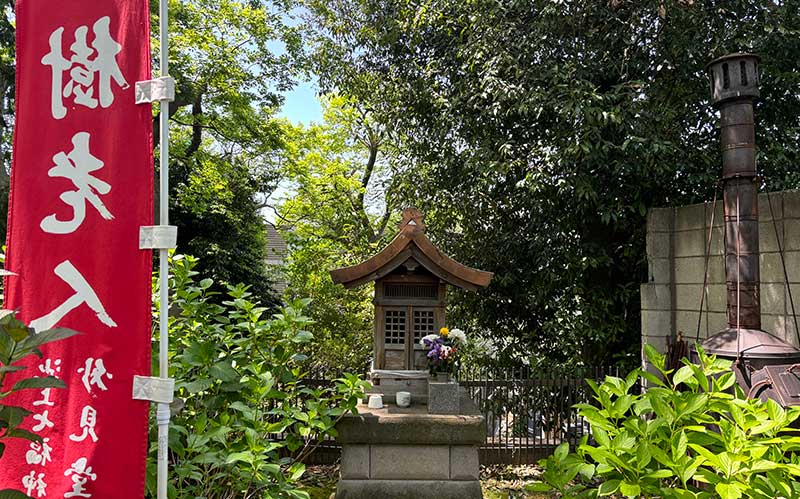

Myokendo was built in 1282 as the hermitage of Hyuga Shonin, a direct disciple of Nichiren Shonin. It fell into disrepair after Nichiren’s death, but was later rebuilt.
In 1688, a school for the training of monks called Nankoku Danrin was established, which trained many high-ranking monks. It existed until 1869, when it was abolished. It is one of the main temples of Honmonji Temple, and a standing statue of Myogon Bodhisattva is enshrined in Myokendo on the mountain. This statue was dedicated in 1664 by Kato Kiyomasa’s daughter, Yorinin, to pray for peace in this life and happiness in the future for her husband, Kishu Tokugawa Yorinobu.

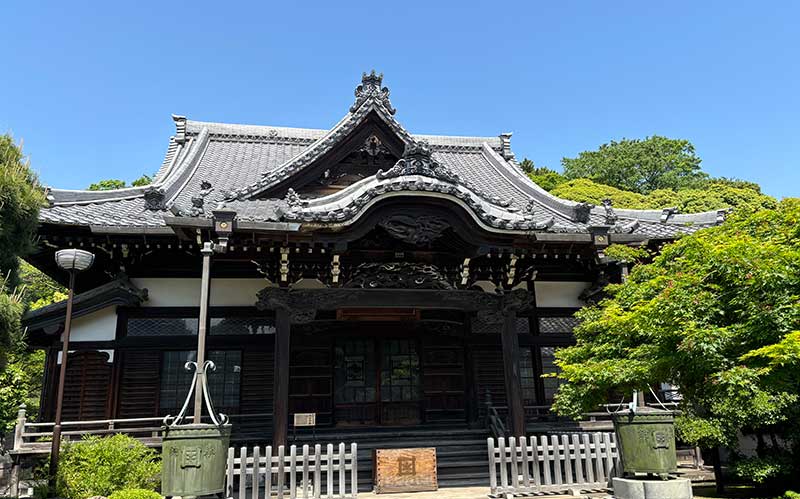

Location: 1-31-11 Ikegami, Ota-ku, Tokyo
Phone: 03-3753-6678
Official website:Click here
Continue along the Nomi River towards Ikegami-dori.
H.Youugenji Temple(Ebisu)
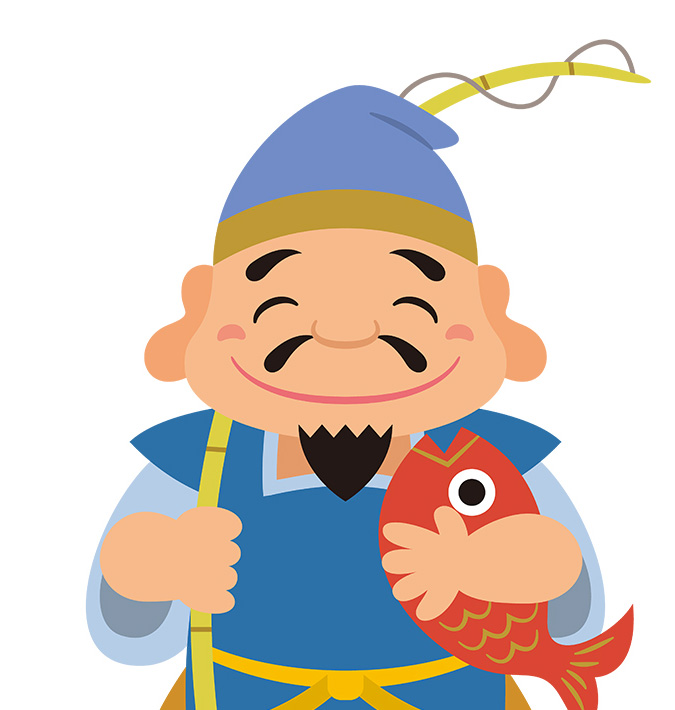
Ebisu
Business prosperity
The only Japanese god of the Seven Lucky Gods, Ebisu is the god of fishing, holding a sea bream in his left hand and a fishing rod in his right. He is also worshipped as the god of business prosperity.
Yogen-ji Temple was founded in 1648 by Yogen-indonon Myoso Hinaga Daishi, the mother of Matsudaira Takamasa (great-grandson of Tokugawa Ieyasu) of Izumo, and was originally Honjo-ji Temple in Hamatake Village, Ebara District. It was moved to this area, owned by the Matsudaira family, and rebuilt as Yogen-ji Temple. This temple was also used as a resting place for Tokugawa Yoshimune’s falconry. However, it burned down in 1804 and continued as a nunnery until after the Pacific War.



Location: 1-31-1 Ikegami, Ota-ku, Tokyo
Telephone: 03-3751-0251
Official website:Click here
Return along the Nomi River towards Honmonji Temple and turn left at the station entrance to return to the station.
I.Goal Ikegami Station
Today’s walk ends with the return to Ikegami Station, the starting point. How was the tour of the Seven Lucky Gods in Ikegami? May it benefit you all, and thank you for your hard work.
Ikegami Kuzumochi Showdown
Differences between Kuzumochi in the Kanto and Kansai Regions
Kuzumochi, eaten mainly in the Kansai region, is made by kneading kuzu flour with water.
Kanto kuzumochi, on the other hand, is made by separating starch from wheat flour, fermenting it with lactic acid bacteria for more than a year, refining it and steaming it.
Kanto kuzumochi is the only fermented food in Japanese confectionery. It has a simple, sour, nutritious taste and is usually served with kinako (soybean flour) and kuromitsu (brown sugar). Kanto’s “kyuju-mochi” is characterised by its unique sourness and flavour.
Kuzumochi, a speciality of Ikegami, is a “kuzumochi” made from fermented wheat flour from the Kanto region.
Kuzumochi store in Ikegami
- Asanoya Honten: In front of Ikegami Station
Founded in 1752
The birthplace of Kuzumochi - Asanoya Honpo: Honmonji Dori.
Official website:Click here. - Fujinoya: End of Honmonji Dori.
Replaced Sagamiya in 2017 and reopened as Fujinoya under the trade name Fujinoya, operating since the Kyouhou era.
- Ikeda-ya: Large shop on the approach to Honmonji temple.
The establishment is not listed on the website, but the shop is old, founded in the Edo period.
Official website:Click here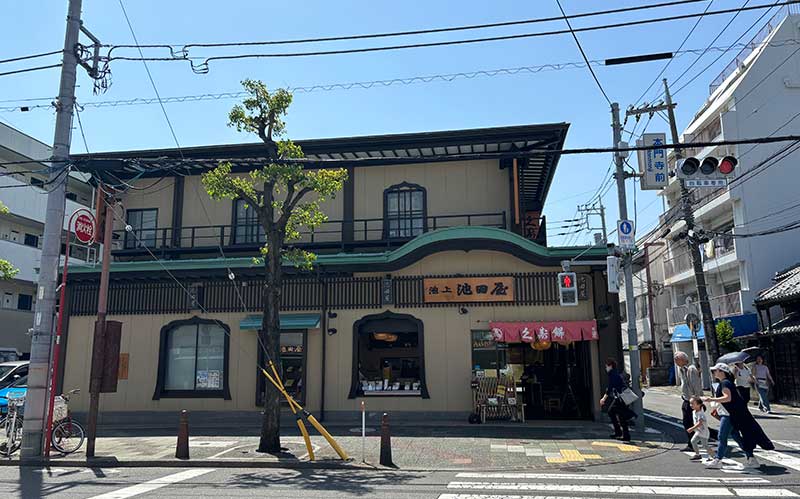
Taste of Kuzumochi
Locals are often divided between the ‘Asanoya’ and ‘Ikedaya’ factions.
Asanoya.
Kuzumochi is slightly hard and firm, with a slight acidity from fermentation. The kuromitsu is light, the kinako is fragrant and smooth, and the molasses is smooth and light.
Ikedaya.
Kuzumochi is slightly softer and less fermented. The kuromitsu has a sweetness like blackstrap molasses, and the kinako also feels sweet. The kuromitsu is very noticeable.
Fujinoya.
Kuzumochi is light, smooth and elegant. The molasses is also light and lightly sweet. The kinako (soybean flour) is the only one with sugar in Ikegami and is well-balanced and smart kuzumochi.
Ikegami Shichifukujin Tour Summary and Tips for a Stroll
Visiting hours
9am-5pm.
How to get a goshuin stamp
Stamps are available at each temple from 10am to 4pm, so you can stamp your own. Coloured paper is available at each temple for 500 yen.
A.(Start) Ikegami Station
↓ 500m
B.Sozenji Temple (Hotei)
↓ 700m
C.Mimyoan Temple(Bishamonten)
↓ 950m
D.Honkoji Temple(Daikokuten)
↓ 950m
E.Gonjyouin Temple(Benzaiten)
↓ 1000m
F.Honjyoin Temple(Fukurokuju)
↓ 700m
G.Shoueiin Temple(Jurojin)
↓ 200m
H.Youugenji Temple(Ebisu)
↓ 800m
I.Goal Ikegami Station
Total 5800 m, 2~3 hours
